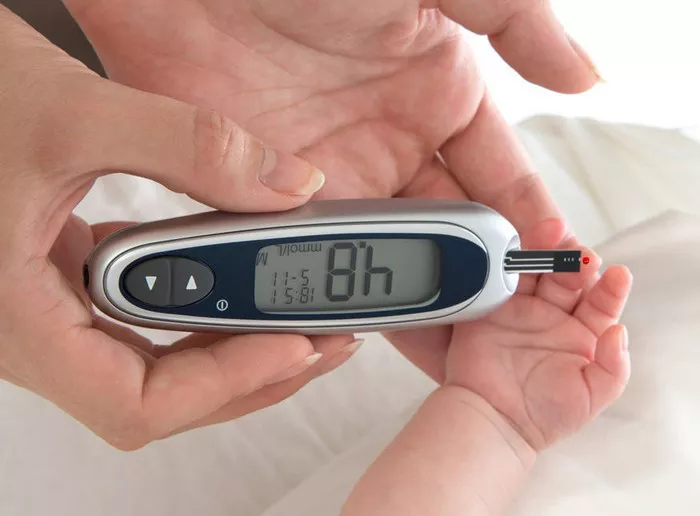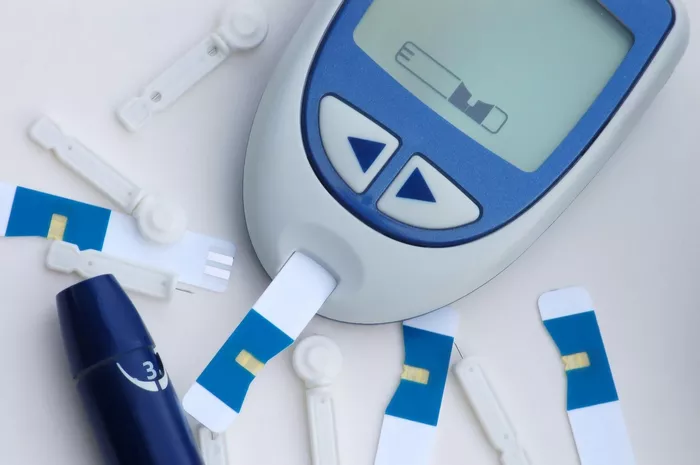In the realm of diabetes management, precision in medication is paramount. Two commonly prescribed insulin formulations, Humalog and Humulin, play pivotal roles in helping individuals regulate their blood sugar levels effectively. While both serve the overarching purpose of controlling diabetes, they possess notable differences in composition, onset of action, duration, and administration. This article aims to elucidate these disparities, empowering patients and healthcare professionals alike to make informed decisions regarding insulin therapy.
Introduction to Humalog and Humulin
Humalog and Humulin are two distinct insulin products developed by Eli Lilly and Company, a pharmaceutical giant renowned for its contributions to diabetes care. Insulin, a hormone crucial for glucose metabolism, is deficient or ineffective in individuals with diabetes, necessitating exogenous administration to maintain physiological blood sugar levels. Humalog and Humulin serve as synthetic analogs of endogenous insulin, mimicking its actions within the body to manage diabetes effectively.
Composition and Formulation
One of the primary distinctions between Humalog and Humulin lies in their composition and formulation. Humalog, classified as a rapid-acting insulin analog, contains insulin lispro as its active ingredient. This formulation is engineered to replicate the physiological insulin response to meal intake, thereby facilitating rapid glucose uptake and utilization. In contrast, Humulin belongs to the category of regular or short-acting insulin, featuring human insulin as its principal component. Despite their shared goal of regulating blood sugar levels, the structural variances between insulin lispro (Humalog) and human insulin (Humulin) confer differences in pharmacokinetics and pharmacodynamics.
Onset of Action and Duration
The dissimilarities between Humalog and Humulin extend to their onset of action and duration profiles, crucial factors influencing insulin therapy efficacy. Humalog boasts a rapid onset of action, typically commencing within 15 minutes of administration. This rapid onset facilitates prompt glucose utilization, aligning with the physiological insulin response to postprandial glucose spikes. Consequently, Humalog is ideally suited for controlling mealtime glucose excursions, offering swift and effective glycemic control. On the other hand, Humulin exhibits a comparatively delayed onset of action, typically initiating within 30 to 60 minutes post-administration. This delay necessitates more precise timing of insulin administration concerning meal consumption to prevent postprandial hyperglycemia adequately. Furthermore, Humalog demonstrates a shorter duration of action, typically lasting around 3 to 4 hours, whereas Humulin’s effects persist for approximately 5 to 8 hours. These variations in onset and duration underscore the need for tailored insulin regimens based on individual patient needs and mealtime patterns.
Administration and Flexibility
Another crucial aspect to consider when comparing Humalog and Humulin is their respective administration modalities and flexibility. Humalog is predominantly administered via subcutaneous injection, employing insulin pens or syringes for precise dosing. The rapid-acting nature of Humalog necessitates injection immediately before or shortly after meal consumption to synchronize insulin action with postprandial glucose dynamics effectively. Conversely, Humulin is available in both subcutaneous injection and insulin infusion pump formulations, providing patients with greater flexibility in insulin delivery. This versatility enables individuals to customize their insulin regimens according to lifestyle factors, such as meal timing and physical activity levels. Additionally, Humulin’s longer duration of action affords patients greater flexibility in dosing intervals, reducing the frequency of insulin injections compared to Humalog. However, it’s important to note that while insulin pumps offer convenience and precision in insulin delivery, they require diligent monitoring and adjustment to optimize glycemic control.
Safety and Side Effect Profile
Ensuring patient safety and minimizing the risk of adverse effects are paramount considerations in diabetes management. While both Humalog and Humulin are generally well-tolerated, they may elicit distinct side effect profiles owing to their pharmacokinetic disparities. Common side effects associated with insulin therapy include hypoglycemia, injection site reactions, weight gain, and allergic reactions. Due to its rapid onset and shorter duration of action, Humalog poses a heightened risk of hypoglycemia, especially if not administered in conjunction with meal consumption or if meal intake is delayed. Conversely, Humulin’s delayed onset and longer duration may result in a delayed hypoglycemic response, necessitating vigilance in monitoring blood glucose levels. Furthermore, individuals may exhibit varying sensitivities or allergic reactions to specific insulin formulations, necessitating careful observation and communication between patients and healthcare providers to mitigate adverse outcomes effectively.
Cost Considerations and Accessibility
Cost considerations and accessibility are pivotal factors influencing insulin therapy adherence and accessibility. As patent expirations and generic alternatives become available, the cost differentials between branded insulin formulations such as Humalog and Humulin may vary. While branded insulins typically command higher prices, they may offer advantages in terms of formulation consistency, quality assurance, and patient support services. Conversely, generic insulin formulations may present cost savings opportunities, making insulin therapy more affordable and accessible to a broader patient population. However, it’s essential to balance cost considerations with the clinical efficacy and safety profiles of insulin products, prioritizing patient outcomes above financial considerations.
Clinical Considerations and Patient Education
In conclusion, the disparities between Humalog and Humulin encompass composition, onset of action, duration, administration, safety profiles, and cost considerations. Clinicians must consider these factors when devising personalized insulin regimens tailored to individual patient needs and preferences. Patient education plays a pivotal role in fostering adherence and empowerment in diabetes management, emphasizing the importance of proper insulin administration techniques, blood glucose monitoring, hypoglycemia recognition, and lifestyle modifications. By elucidating the nuances between Humalog and Humulin, healthcare professionals can empower patients to make informed decisions regarding insulin therapy, fostering optimal glycemic control and enhancing overall quality of life for individuals living with diabetes.

























